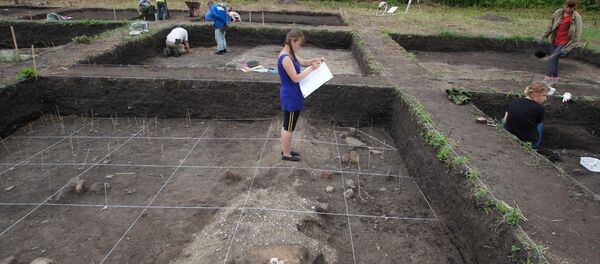Archeologists have spent three years excavating a site in western Beijing’s suburbs and announced their findings Friday.
According to the researchers, a fire site, sintered soil and burned stones and bones have been discovered.
"It has been found under the earth untouched, without weather damage," said Gao Xing, research fellow with the Institute of Vertebrate Paleontology and Paleoanthropology of the Chinese Academy of Sciences. "This shows us that Peking Man could not only keep kindling, but knew how to control fire," he added, as cited by Xinhua.
Peking Man, Homo erectus pekinensis, was discovered in 1920s in Zhoukoudian near Beijing. The findings included an entire cranium and several different body parts of the hominid. According to the latest research it is dated between 680,000–780,000 years ago.
Burned stones, bones, ashes and charred seeds were found already in 1929 excavations, according to Xinhua, and the new findings assert the thesis that the Peking Man was able to use fire. The earliest controlled use of fire dates nowadays dates up to 1 million years old and is located in Wonderwerk Cave, South Africa.


